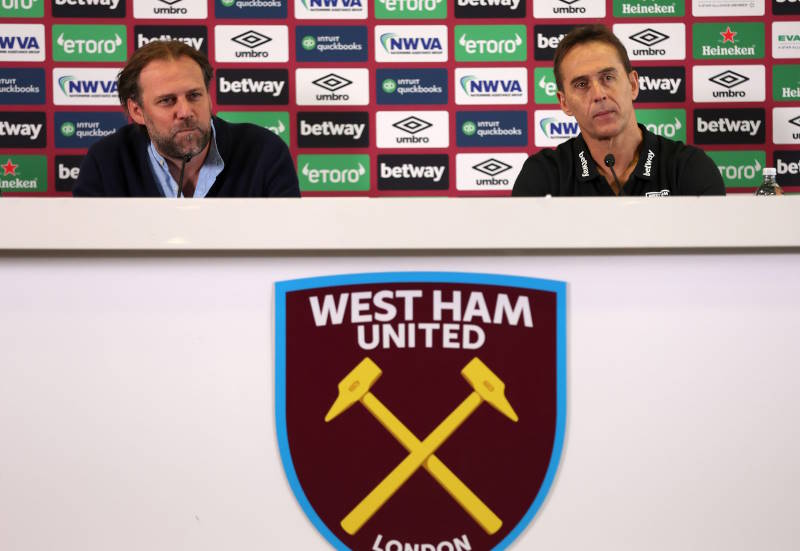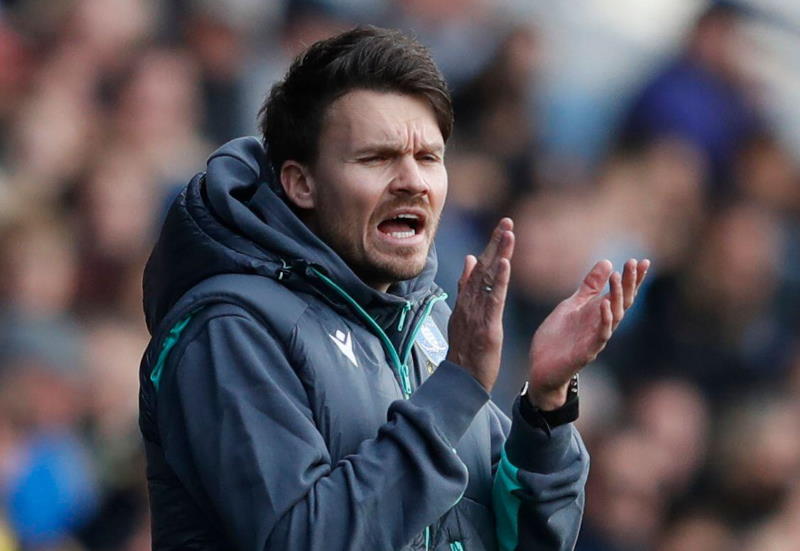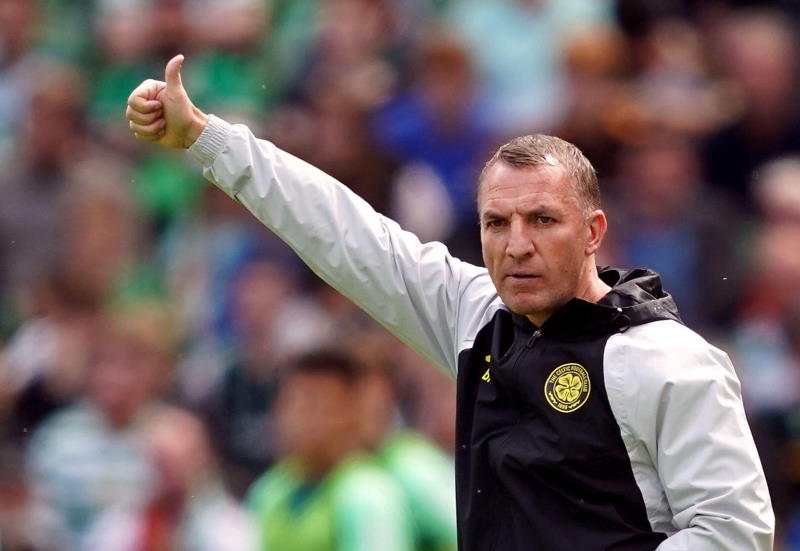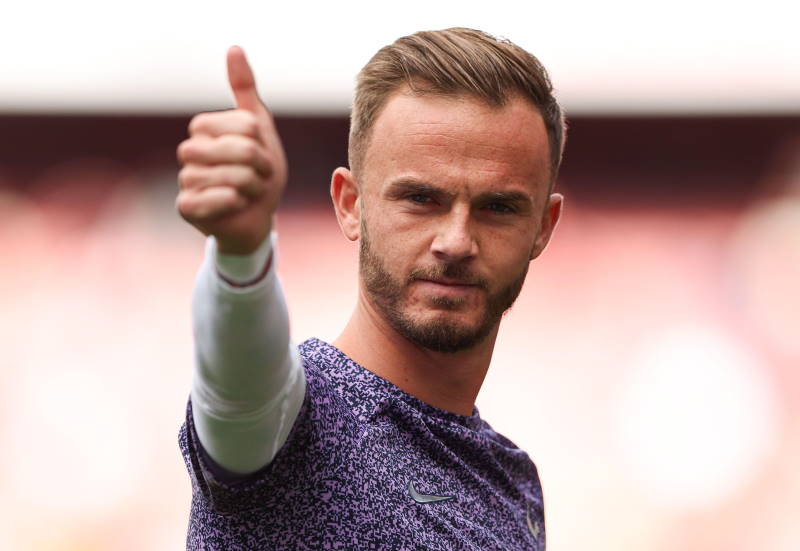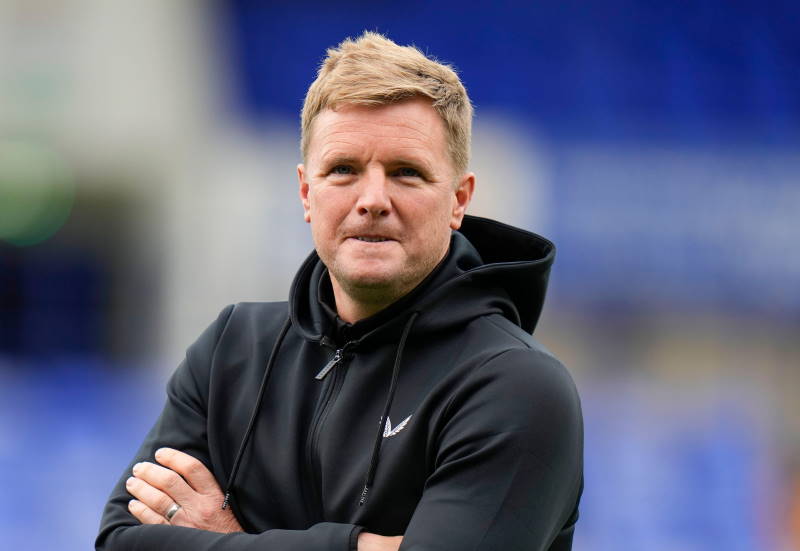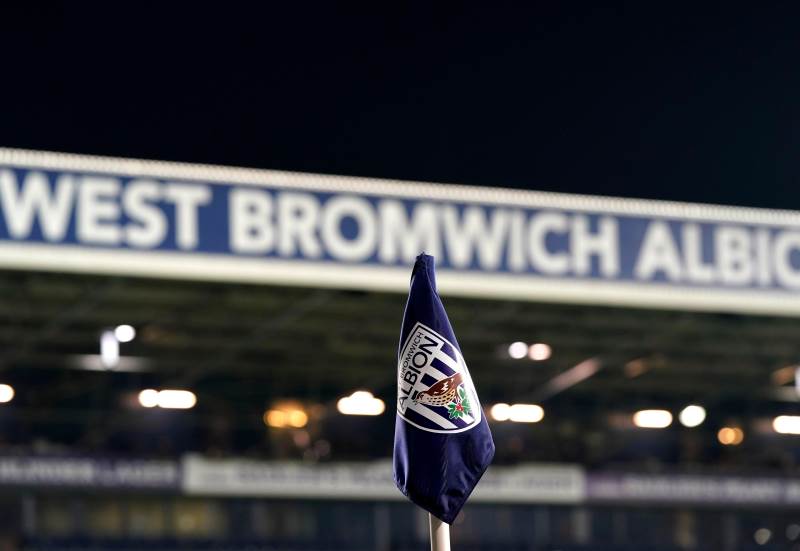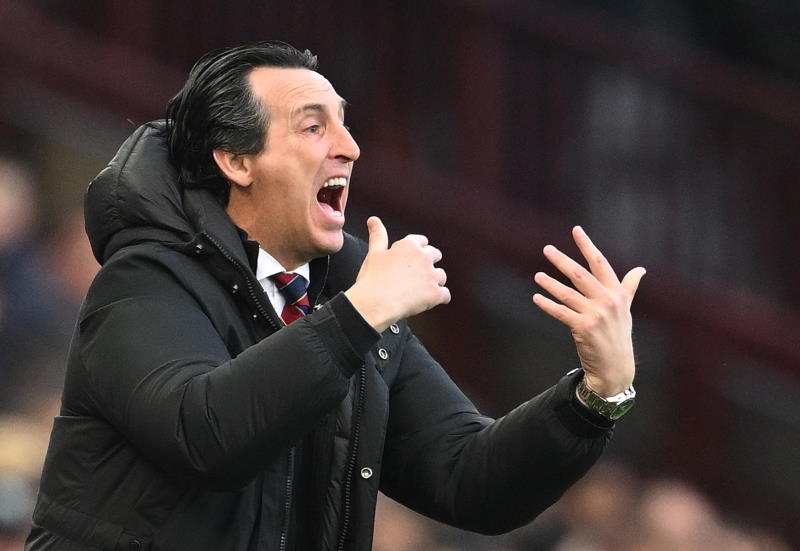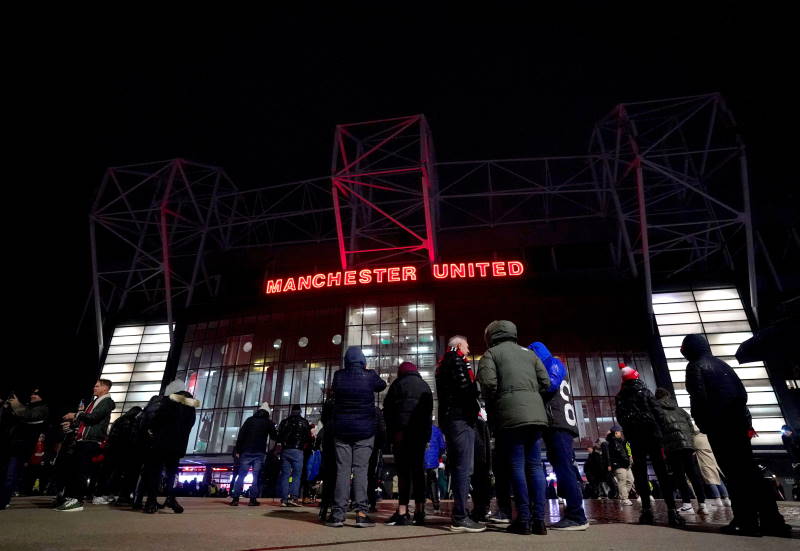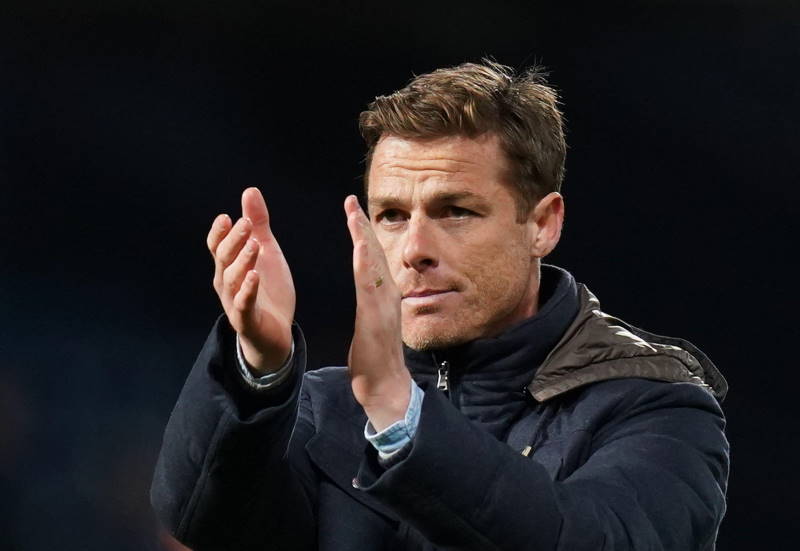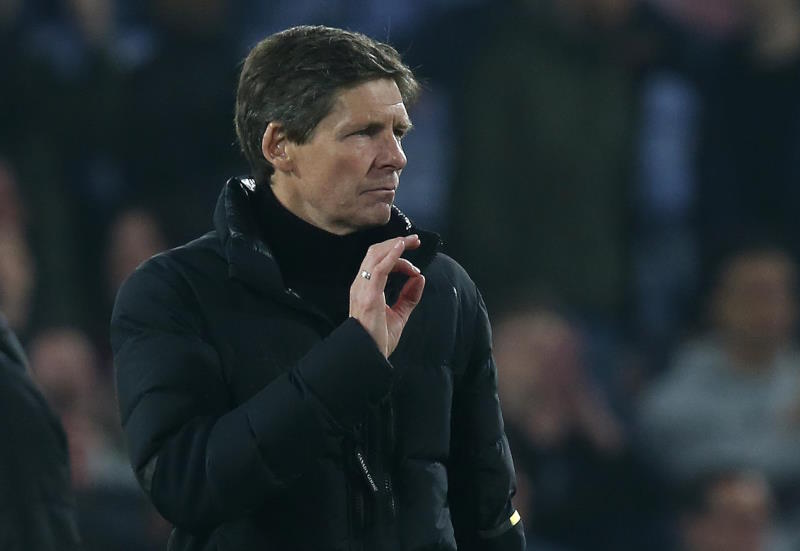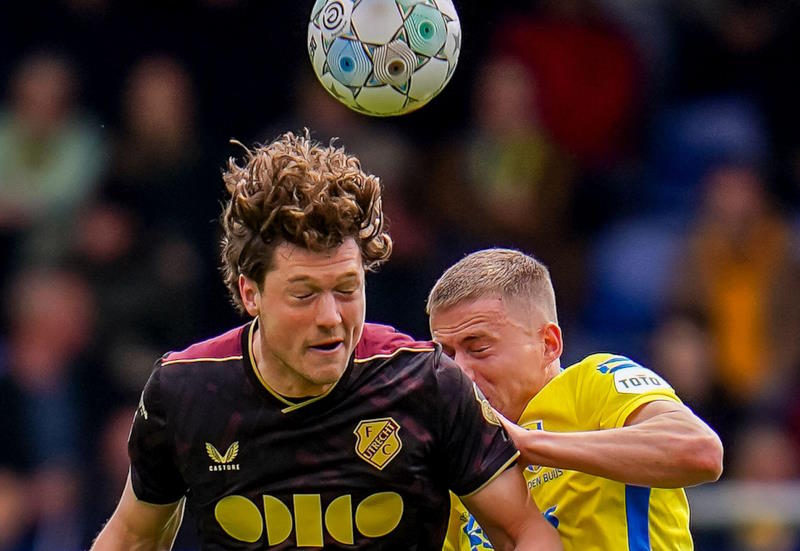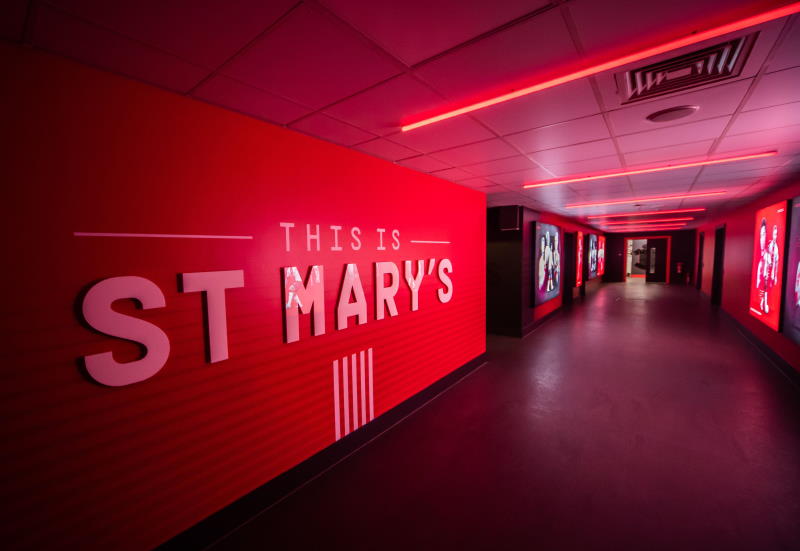
In Italy expectations remain low concerning Marcello Lippi’s team’s chances at South Africa. After winning the World Cup in 2006, the Italian coach returned to the Azzurri after Euro 2008, replacing the enigmatic Roberto Donadoni. Lippi though, will only be in charge for this World Cup, departing after as Cesare Prandelli, the former Fiorentina boss, settles into his seat.
Lippi has always been very grateful to the winning squad of 2006, but finally he called back only nine players that played in Germany for this new campaign, and only five of them (Gianluigi Buffon, Fabio Cannavaro, Andrea Pirlo, Daniele De Rossi and Alberto Gilardino) are quite sure of a place in the first eleven.
The former Juventus boss dropped Fabio Grosso from the South African expedition – he who scored against Germany in the semi-final of the last World Cup and netted the decisive penalty in Berlin. Lippi also dropped five other players in keeper Salvatore Sirigu, defender Mattia Cassani, midfielder Andrea Cossu and strikers Giuseppe Rossi and Marco Borriello. The coach, it seems, is going to rethink his team, more in terms of players used than his tactical scheme. Some new faces will be adapted to his ever dependable 4-2-3-1.
In Lippi’s mind Christian Maggio is right back, and Gianluca Zambrotta left back, operating in a role quite similar to that which Maicon used to great effect at Inter this season. In this case the defence would quickly shift from four to three players, as the coach experimented with in February in a friendly against Cameroon.
When it comes to midfield, Lippi has little in the way of real alternatives for Daniele Di Rossi and Andrea Pirlo, his key men, with only Gennaro Gattuso and Angelo Palombo available as replacements.
The coach wants to play three behind a lonely striker (Gilardino or Giampaolo Pazzini) and the most important of them is surely Claudio Marchisio. The 24-year-old Juventus star will be called upon to take a central position in midfield, quite similar to that of a “trequartista”, a role that his new club coach, Juventus boss Luigi Delneri will also hand him. Marchisio will have Mauro Camoranesi on his right and Toto Di Natale (Serie A’s top marksman) on his left.
On occasion Lippi will shift his 4-2-3-1 into a more attacking 4-3-3, with Marchisio moving alongside De Rossi and Pirlo, with three strikers, perhaps Di Natale, Gilardino and Vincenzo Iaquinta included up front. The coach could also quickly switch to a more defensive 4-1-4-1, with De Rossi sitting in front of the back four and Pirlo advanced and sat with Marchisio.
Most of Lippi’s worries at present seem centred upon the motivation, or lack of it, in players who picked up the World Cup just four years ago, and since that time have lifted many more of the game’s top prizes. In Italy it is joked that another scandal, similar to Calciopoli in 2006, is needed to bond the team and reinforce the players’ motivation. Before the World Cup in Germany, fans and journalists were in a state of constant war with the Azzurri, especially those who counted their club side as the Bianconeri. Lippi cleverly used such adversity to create a siege mentality and infuse positive energy throughout the squad.
Ex-Italy coach Arrigo Sacchi echos this view. “In my opinion”, Sacchi told La Gazzetta dello Sport, “the players that triumphed in Germany can still give a lot, but it worries me that the training before the World Cup has been too soft. Sometimes the Italians need a lot of pressure upon them.”
Earlier this year Alessandro Nesta refused to rejoin the Azzurri squad and Lippi also took the decision to exclude players such as Francesco Totti, Alessandro Del Piero, Antonio Cassano and the new phenomenon Mario Balotelli. The result is a team with few megastars and there remains the possibility that this World Cup could pass quietly for the Italians, in much the same way as in 1974 and 1986. The Azzurri faithful will be hoping it brings more success than those tournaments did.

